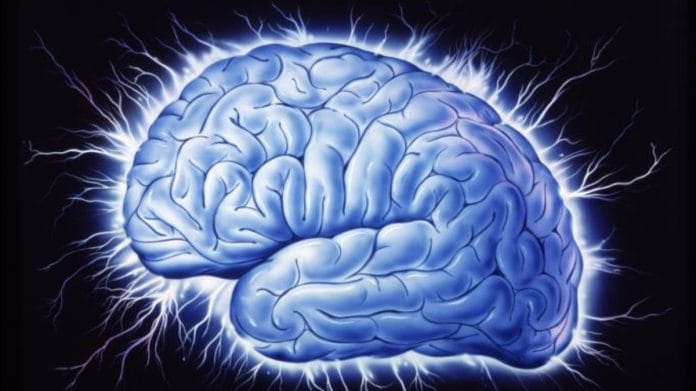Thank you dear subscribers, we are overwhelmed with your response.
Your Turn is a unique section from ThePrint featuring points of view from its subscribers. If you are a subscriber, have a point of view, please send it to us. If not, do subscribe here: https://theprint.in/subscribe/
Picture this. It’s a Sunday morning and you decide to fry some vegetables to go with your meal. You cut the vegetables into slices and add some salt and oil to the pan. You leave it simmering on the stove and walk out for a bit. You come to check if it’s cooked and accidentally touch the pan. You pull back your fingers very quickly and start shaking the fingers vigorously.
This is a reflex. Extreme heat is sensed by your fingers. The nerve impulse travels from your hand to your spinal cord and up to the brain. The brain senses the pain and another impulse travels down from the brain to the spinal cord and back to the fingers which you pull back in an instant.
Let’s say you’re done with lunch. You’re out for a walk in the evening of the same day. Because let’s face it, Sundays are all you get while you toil away at your corporate job. You walk towards the park and you decide to take an infrequently walked upon road. You notice a stray dog waking up after his afternoon siesta. You decide to walk past him, thinking nothing can go wrong. All of a sudden, the dog gets up and starts barking. He then lunges towards you and you immediately start running towards the end of the road. This is the motor system of your central nervous system in action.
As you reflect on all of these actions, you realize there are multiple processes at play. How are all these processes measured under anaesthesia while the patient undergoes neurosurgery?
As we move through the age of technology, we aren’t without it’s effects on our well being. Poor postures while sitting, long hours of inactivity, constantly looking into our phones and work stressors can affect our spines, leading to backaches and slipped discs.
The pain is often due to the nerves being compressed. And they need to be freed from the pressure of the offending structure. Many patients are now admitted for spinal fusion surgeries and discectomies. Conducting such surgeries require constant monitoring of the nerve impulses travelling to and from the brain.
The nerve impulses that travel from the limbs to the brain and back to the limbs need to be measured while the patient undergoes spinal surgery.
Let’s hope you don’t need to reach a stage where spine surgery is required. But if you do, neuromonitoring is an inevitable part of neurosurgery.
The first instance where you feel the intense pain while you touch the hot pan is an action of the sensory system. Under neuroanaesthesia, this is measured by the impulses of the somato- sensory evoked potential (SSEP). The second instance when your legs carry you quickly out of the place , a system exists that checks the function of how quickly the muscles of your legs react to the impulse given by the brain. This is called the motor evoked potential. (MEP)
Let’s say you’re back after the walk, that turned into a run and you’re exhausted. You lie down on the bed with your legs lying outside the bed. You may think you are resting, but the muscles of your legs would still be in a state of tension. Electromyography (EMG) is the system used to assess the electrical state of the muscles while at rest while triggered electromyography(triggered EMG) is used to stimulate a spinal nerve in order to record the impulse it conducts to the muscle.
All of these neuromonitoring techniques, can cause a little pain to the patient which is why they are conducted when the patient is under anaesthesia. Maintaining the anaesthesia at a state where the nerve impulses can be measured and yet the patient doesn’t move while on the operating table, is a challenge which can be overcome by the skills of the Neuroanaesthetist, an Anaesthesiologist specialized in treating patients undergoing Neurosurgery.
It is equally important that the patient is in a deeper state of unconsciousness while the patient undergoes spinal surgery. This is to prevent the patient from being aware of the surgery, the pain associated with it or the neuromonitoring techniques being applied to him/her.
However, the patient should not be in a deep state of unconsciousness where the impulses stop travelling in the nerves altogether. Maintaining the patient in this twilight state is the job of the Neuroanaesthetist and they use monitoring techniques such as the EEG (Electro encephalography) which measure the waves originating from the brain to identify the grade of unconsciousness of the patient.
A newer method of measuring the state of unconsciousness is by using a system called BIS, the bi spectral index which converts these EEG waves into a number using an algorithm and helps in understanding the depth of consciousness of the patient better.
These pieces are being published as they have been received – they have not been edited/fact-checked by ThePrint.


